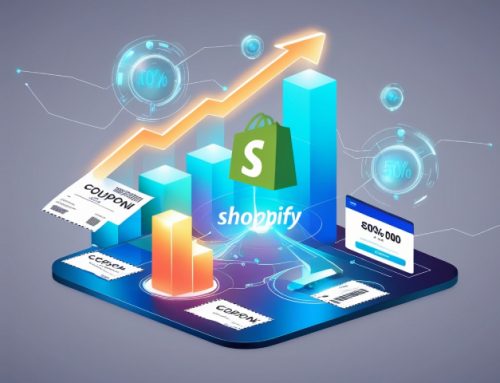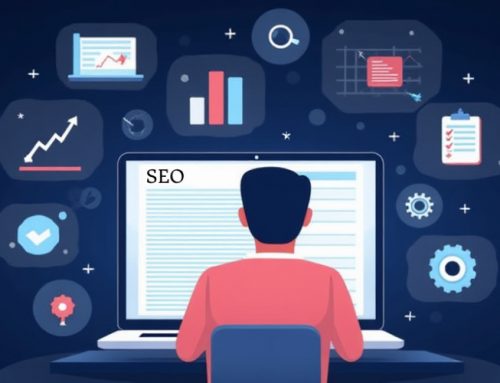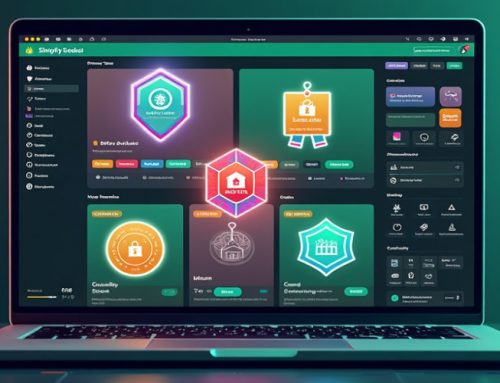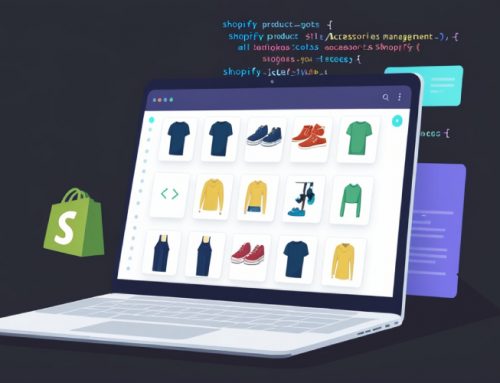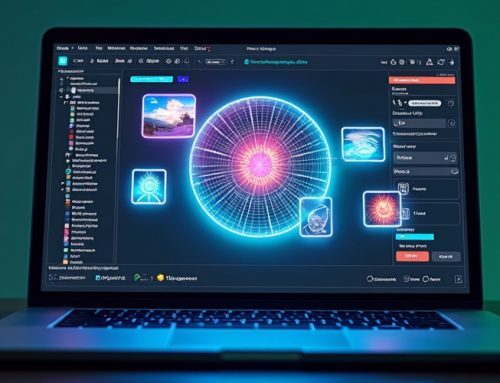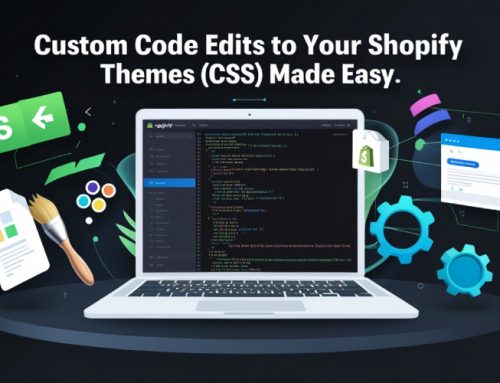Table Of Content
Shopify Website Speed Optimization: New Approaches
Learn how to increase the speed of your website, reduce abandoned carts, better user experience, and have higher conversion rates.
Faster site speed results in better customer experience especially on mobile
Why Does Shopify Page Speed Matter?
There are a number of reasons why A fast-loading website is essential:
- For providing a good User experience
- Visitors are more likely to stay on your site
- Browse more pages
- The speed of your shopify store can have a significant impact on your conversion rates.
- It’s one of the factors that Google considers when ranking websites.
- Avoid penalties on search engine results pages
- Results in more traffic
Overall optimizing your shopify page speed is essential for providing a positive user experience, improving your conversion rates, boosting your SEO, and optimizing your site for all devices
Here are Some Tips for Optimizing Shopify Speed
-
Optimize Images
Speed optimization starts with image optimization, but we can optimize an image based on only one size. If we optimize it according to a lower screen, it will blur on a large screen, and if we optimize it according to a large screen, it will load more slowly on a small screen.
The best solution is to use images through srcset and pass the data-width values according to our screen sizes or viewport, in that case, the image CDN generated and loaded images according to screen size, for instance, small screens load images in a small size, whereas large screens load images in a large size using lazy loading.
Optimizing images requires solutions such as:
-
Use Lazyload
A lazyload is a method of loading images after some time or after the content is loaded. Shopify includes a lazyload library by default, but some themes don’t use it, so if you want to use it, you need to add a lazyload class to the image tag and include attributes like srcset or data-widths with it.
You should not use lazyload for the above-the-fold sections like the logo image or the first image in any above-the-fold section like the product image, but only for below-the-fold sections since it loads content after the content is loaded.
Above-the-fold content: The content displays on the screen without scrolling.
Below the fold content: The content displays on the screen after the scroll.
-
Use Fonts Locally
Avoid using fonts from third-party CDN as they take longer to load and block content until the font loads. In order to use fonts locally, you need to download fonts in all formats such as woff, woff2, ttf, etc, add them to your assets, and then create a font face in CSS using the display swap property. fonts such as Google fonts and system fonts are included in the Shopify font library.
In terms of optimization, this property is very important, because it skips the unnecessary font loading time and directly impacts “ensure text remains visible during webfont loading“.
-
Total Blocking Time: Load Heavy Scripts After Page Load
Scripts that are too heavy can cause a website to take a long time to load and increase the blocking time. The page load is blocked by many third-party services that use heavy javascript libraries.
To resolve this issue, we can load these types of heavy or time-consuming Javascript after a particular time or on any event, in which case the scripts are blocked until any event occurs, and then they are loaded and executed. Using this solution, your page will load faster since it won’t block the page load time.
Note: Applying this solution can cause your template to break since blocking of javascript breaks your template’s functionality. If you wish to apply this solution and resolve console errors, you will need a shopify expert as well as a javascript expert.
-
Remove Unused Apps
If you have an unused app you can check in to the tool “Page Speed insights” and find the opportunity “Reduce the impact of third-party Code”. This opportunity identifies used and unused scripts including App scripts.
You may need to disable or replace an app causing speed issues if you find it is slowing down your websites.
-
Remove Unused Code and Reduce DOM Element Size
In optimization, the size of the DOM element is very important. In our code, if unused or unnecessary code or commented code is present, it increases DOM size and takes longer to load the page, and it also decreases DOM depth since it takes longer to load elements inside the element. There is an increase in DOM depth due to loops inside loops and increased HTML elements.
- If we remove the unnecessary code and reduce the DOM depth, then both have an impact on our site’s speed or load time.
- If you can, use a light structure of DOM and avoid using loops inside of a loop that does not write DOM in very depth.
By implementing these approaches, you can optimize the speed of your Shopify website and provide a better user experience to your customers.
The overall process of optimizing the Shopify Store has been explained –

